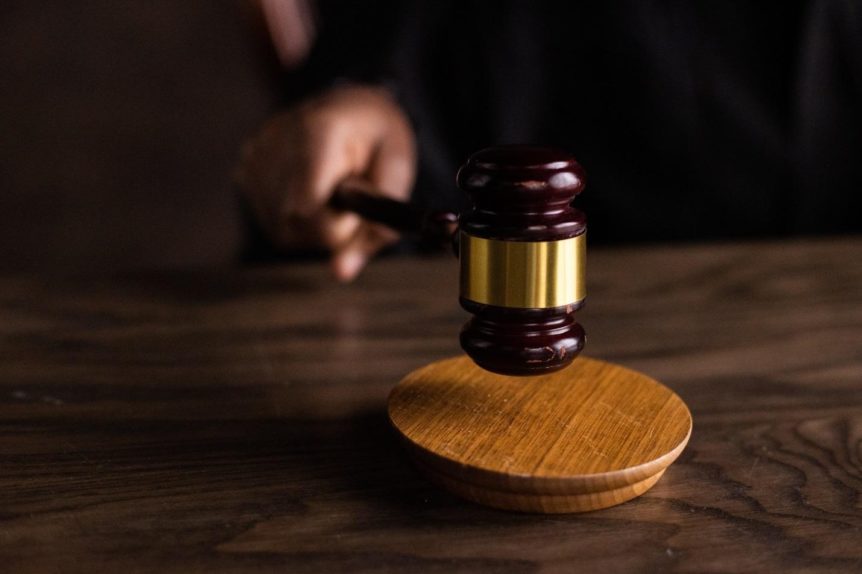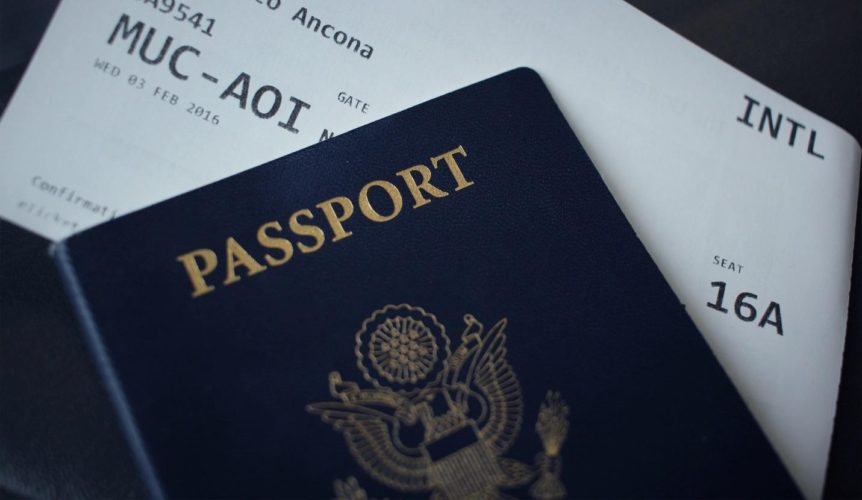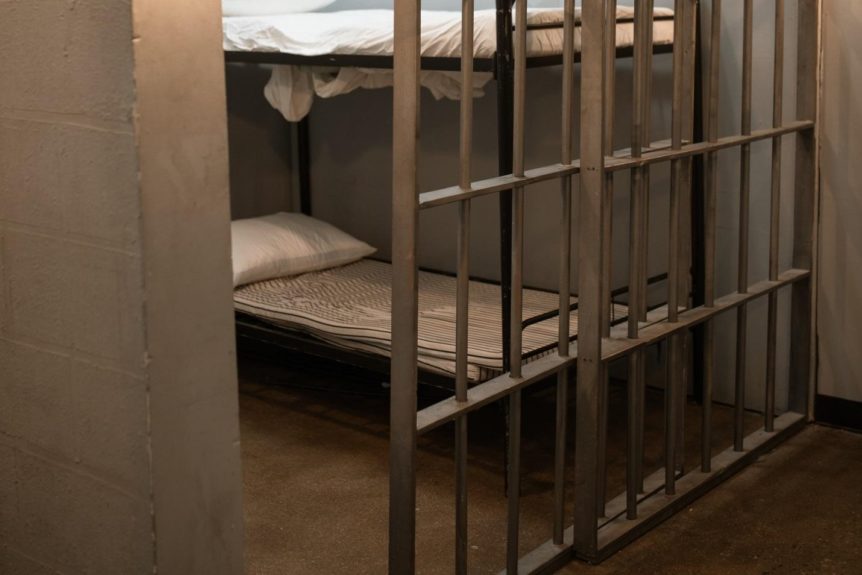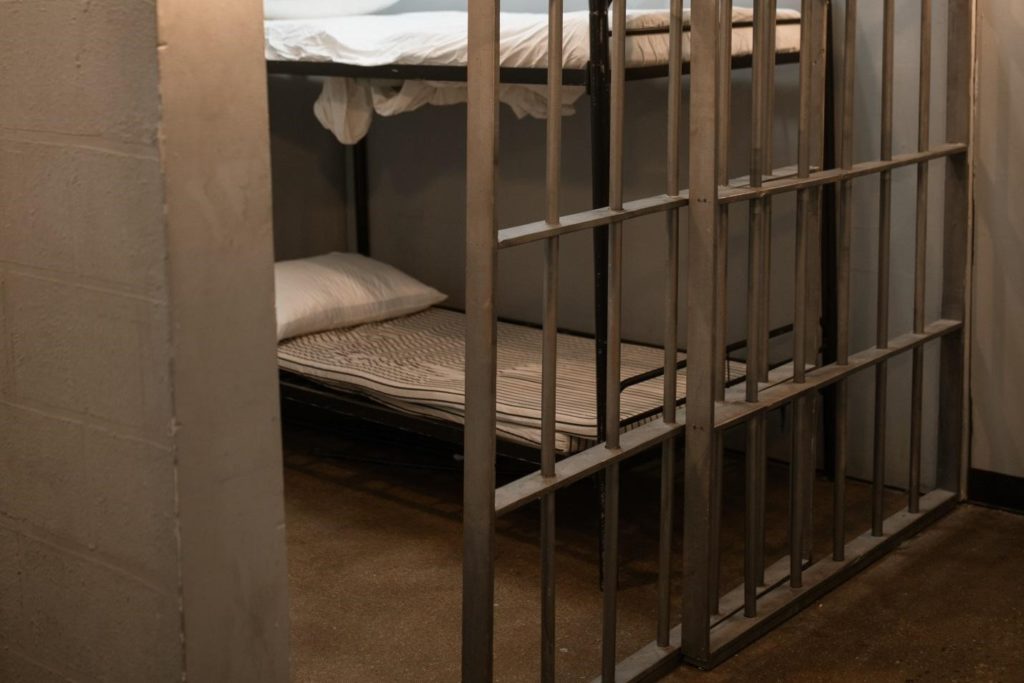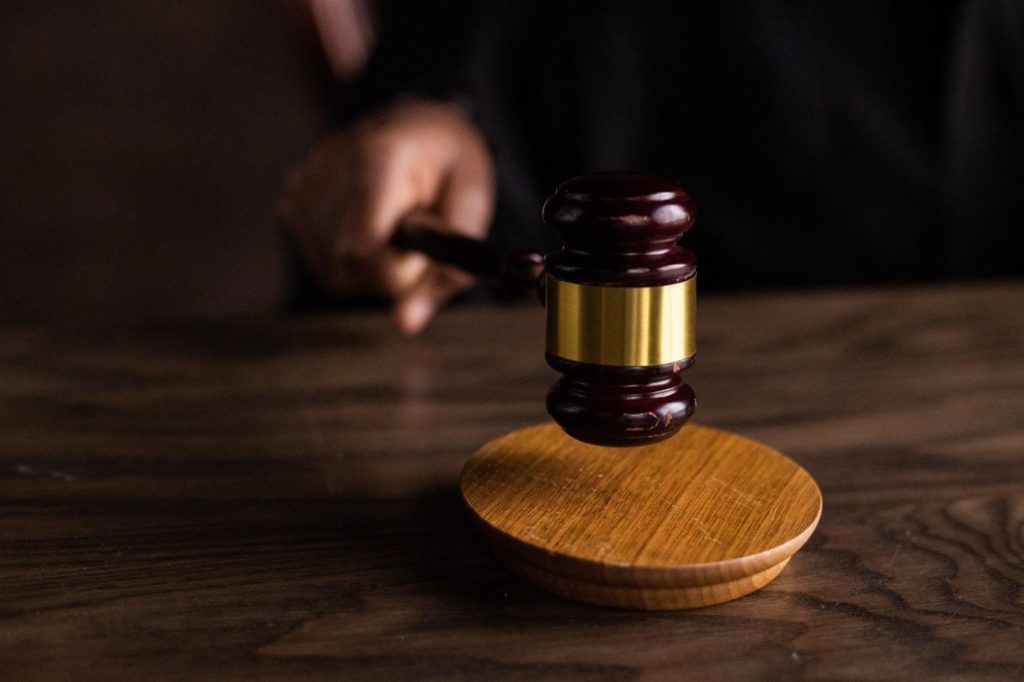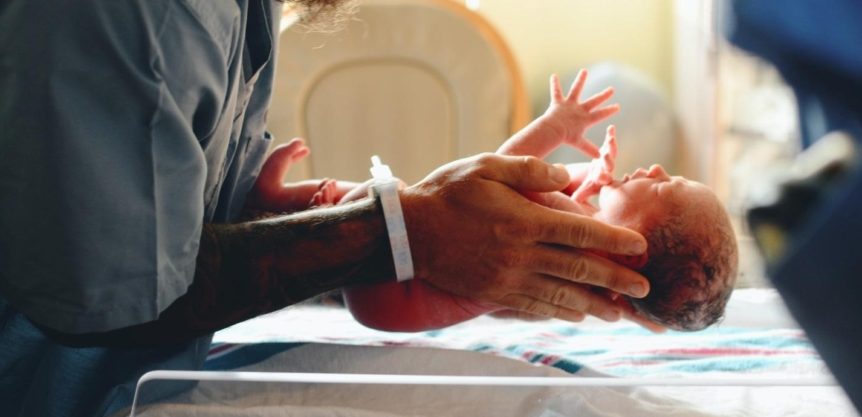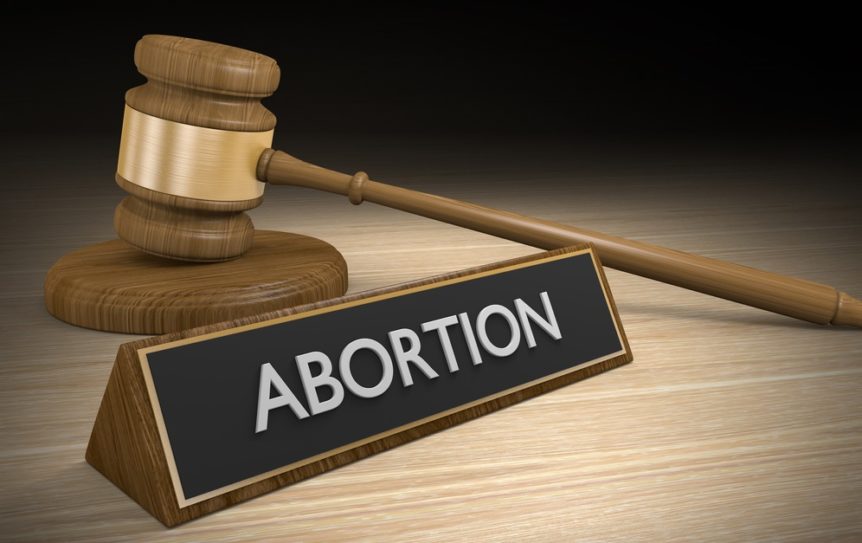In 2016, the Food and Drug Administration (FDA) issued a warning that they received several reports of health-related complications resulting from recalled products used in hernia repair. According to a press release, the agency stated that pain, recurrence, infection, obstruction, adhesion, and perforation were some of the prevalent complications patients reported.
For decades, surgeons have relied on mesh to help resolve various hernia conditions. Unfortunately, many of these medical devices have been at the center of repeated recalls as a result of manufacturing and design defects. These have been the root cause of painful and, in some cases, life-threatening complications.
Victims have since filed hernia mesh lawsuits seeking compensation for the severe injuries they suffered as a result of the defective devices. Here’s everything you need to know.
What Is a Hernia
A hernia is a bulge that occurs in an area of the body with torn or weakened muscles. As time goes on, these muscles continue to degenerate to the point that they can no longer support organs, tissues, and related fat. As a result, those organs and tissues begin to push through these gaps creating a bulge that can often be seen and felt. This condition is most common in the groin and abdomen.
Hernias can develop for any number of reasons, including a congenital birth defect, issues with the gastrointestinal tract, obesity, abdominal surgery, and muscle strain. Certain lifestyle habits like smoking also increase the risk of developing hernias.
What Is a Hernia Mesh
Traditionally, surgeons would simply push the bulging organs and tissues back into place and stitch the muscles together. Decades’ worth of research later proved this repair technique ineffective. If anything, it increased the likelihood of the hernia recurring.
The reason for this was that the muscles being stitched back together were already weakened and damaged. As a result, the intersection between them wasn’t strong enough to hold the organs in place. It became evident that for a hernia repair to last, it needed extra support.
Enter the hernia mesh.
A 2010 study indicates that the concept of using mesh to repair a hernia isn’t anything new. The idea was introduced more than five decades earlier, but it wasn’t until the late 80s that the procedure began to gain widespread popularity in the medical world.
Mesh devices are sterile, net-like, woven patches used by surgeons to shore up body tissue and distended muscles. Initially, they were made of hard plastic, but this later changed in favor of softer, lightweight, and more flexible materials due to the countless complications they brought on.
This mesh material was designed to integrate easily into the body’s tissues and muscles, creating a permanent repair for hernias. As it continues to stabilize and strengthen the area, offering much-needed support for the muscles and organs, it also provides a base for new tissue growth.
What Went Wrong
Several different companies manufacture a wide range of hernia mesh devices. Each product varies in size, shape, flexibility, and material. They are specially designed to offer the best possible results in hernia repair and may have unique features to cater to specific anatomical structures.
For instance, in a minimally invasive laparoscopic procedure where a surgeon makes a small incision and then uses a camera to insert the mesh, the product must be flexible enough to fit inside the tiny tube. More invasive surgical procedures can accommodate a thicker mesh product.
The findings of a 2016 study published in JAMA revealed that although the use of hernia mesh significantly reduced the likelihood of a hernia recurrence, these benefits were offset by the prevalence of mesh-related complications.
According to the study, patients who had undergone open (as opposed to laparoscopic) mesh repair had a 12-percent chance of recurrence, only 5 percent lower than those who underwent non-mesh repair.
Hernia Mesh Complications Years Later
In a five-year follow-up, researchers found that the number of patients who later developed complications had increased. Many reported bleeding, abscess, bowel perforation, and bowel obstruction. The prevalence of patients with mesh-related complications eventually surpassed the number who had undergone non-mesh repairs.
The majority of these complications required additional surgical intervention. The study concluded that the benefits linked to the use of mesh in the repair of hernias were partially canceled out by the long-term complications that arise.
Types of Mesh for Hernia
In a 2018 statement, the FDA warned that despite the decreased rates of hernia recurrence, there are certain instances where using surgical mesh to repair hernias may not be the best approach. The agency cautioned patients, encouraging them to discuss the specifics of their condition with their surgeons and explore possible non-mesh alternatives for hernia repair.
Hernia mesh comes in many different shapes and sizes. They vary depending on the specific size or type of hernia a patient has.
Types of Hernia Mesh Based on Shape and Size
Mesh products can be classified as follows:
- Patches – These are designed to go above or below the damaged or weakened muscles or tissues.
- Plugs – These are designed to fit inside the hole in the muscle or tissue.
- Sheets – These are custom cut to fit the specific hernia on the patient.
Types of Hernia Mesh Based on Function
Hernia mesh can also be classified based on their specific function in the body or the material they’re made from.
- Absorbable – These degrade and lose their strength over time and are meant to offer short-term reinforcement to a repaired hernia while spurring new tissue growth.
- Non-absorbable – These work as permanent implants and remain in the body indefinitely to provide lasting support to the site of repair.
- Synthetic – These are made from synthetic materials like polypropylene and come in the form of woven or non-woven sheets.
- Coated – Some polypropylene is coated with absorbable collagen, cellulose, or fatty acids to prevent body organs from adhering to the mesh.
- Animal-derived – These are made from animal tissue derived from their skin or intestine and are absorbable.
How to Tell if Hernia Mesh Failed

Mesh failure means that the product used to repair your hernia no longer works as it should. This could happen for any number of reasons, including a design defect, defective mesh material, or the surgeon’s error.
Signs of hernia mesh failure can present anywhere from a few weeks of the procedure and several years down the line.
Hernia complications not only affect your quality of life but, if left untreated, can also be life-threatening. Here are some of the common ways to tell if your hernia mesh has failed.
Bulging
If you notice a bulge in the area where the device was implanted, it’s usually a sign that the mesh has either dislodged or is in the process of dislodging. It is often accompanied by inflammation. The size of the bulge varies depending on the severity. It could be the size of a softball or larger.
Burning
Hot or warm skin around the surgical implant site is quite common when the mesh has shrunk, disintegrated, or dislodged. A burning sensation might also be a sign of inflammation caused by an infection. The burning effect may persist for several days at a time or come and go intermittently.
Constipation
A defective mesh along the abdominal wall may press up against the stomach, intestines, or colon. This may cause gastrointestinal issues, the most common of which is constipation. This is particularly common in patients with umbilical hernias, where the intestines bulge out through the naval.
Constipation can lead to other complications such as fissures, hemorrhoids, and bloating. Straining to have a bowel movement can also cause rectal prolapse and fecal impaction.
Impotence
Sexual dysfunction is a common sign of hernia mesh failure in men, especially those with an inguinal hernia where you have soft tissue protruding through the abdominal muscles. Impotence can come about due to irritation and inflammation caused by the device. In severe cases, it might be due to the spermatic cord sticking to the mesh (adherence).
Nausea
Nausea is a symptom associated with different medical conditions. If you have a hernia mesh, it might point to something more serious. It could be the result of intestinal blockage caused by the migration of the device. It could also be due to a mesh-related infection in the stomach tissue, causing digestive problems. Either way, it’s a sign of hernia mesh failure and can cause a wide range of complications, including an electrolyte imbalance brought about by severe dehydration.
Pain
This is arguably the most common sign of mesh failure. Any form of pain or discomfort at the site of the mesh implant may be the result of irritation, inflammation, or another failure-related complication. The pain may be severe or mild, chronic or acute.
Keep in mind that experiencing pain in the days following the procedure is expected. If it persists (or develops afresh) several weeks or months on, it might point to:
- Adhesion
- Calcification
- Fibrosis
- GI issues
- Infection
- Inflammation
- Organ perforation
- Thrombosis
- Hernia mesh rejection
Hernia Mesh Lawsuit
Thousands of hernia mesh lawsuits have been filed against various pharmaceutical manufacturers. While the legal basis of each case may vary from plaintiff to plaintiff, most of them seek damages due to the manufacturers’ negligence for failing to comply with the regulations set forth by the FDA.
When suing the manufacturer, a plaintiff can claim that the device:
- Disintegrated in their body
- Dislodged causing perforation or bowel obstruction
- No longer had the laminate coating, therefore, causing organ adherence
- It was not properly packaged
Most of these lawsuits mainly target three manufacturers whose products have been the subject of at least one FDA hernia mesh recall. They are:
- Atrium Medical, the manufacturer of the C-QUR hernia mesh
- C.R. Bard, the manufacturer of Kugel mesh
- Ethicon, the manufacturer of Physiomesh
Lawsuits against these firms are still ongoing. If you’re suffering from a hernia mesh failure due to a product from any of the companies listed above, you have legal grounds to file a lawsuit against them.
Hernia Mesh Lawsuit Timeline
If you’ve decided to seek legal recourse, here’s an overview of a hernia mesh lawsuit timeline.
1. Recovery Period
Most people usually recover from a hernia surgery within six weeks. They are usually ready to return to work after that. If you notice any signs of hernia mesh failure post-recovery, visit your doctor immediately.
2. File a Claim
Once your doctor confirms that your symptoms are the result of a mesh-related complication, you can file a legal claim against the manufacturer. Keep in mind that the clock for hernia mesh lawsuit statute of limitations starts running from the moment you (reasonably) know that you have an injury or complication resulting from a mesh failure.
3. Find an Attorney
You then need to retain the best lawyer for hernia mesh lawsuit claims. They’ll help you determine the physical and financial damages you are entitled to. To help determine the extent of your injuries, some of the questions your lawyer might ask include:
- How much time away from work is the direct result of your mesh complication?
- Has the mesh been removed? If so, how much did the procedure cost?
- Do you require (more rounds of) corrective surgery?
- What has it done to your mental and emotional health?
Once you file a lawsuit, the case will proceed through the discovery process, litigation, and settlement.
What Is the Average Payout for Hernia Mesh Lawsuit
These types of lawsuits can take several years in the court system, although they can be resolved out of court at any time during the process. Hernia mesh settlements range anywhere from $1.5 million as was seen in the 2010 C.R. Bard, Kugel mesh case to $184 million+ as was seen one year later when the same company paid to settle more than 3,000 claims filed against it.
The amount you would be entitled to in damages depends on the severity of your injuries, the economic impact they’ve had (medical bills, lost wages, etc.), how the condition has affected your quality of life, and the projected medical and financial losses you’ll incur going forward.
If you are suffering from injuries resulting from your hernia mesh, get in touch with the best lawyer for hernia mesh lawsuit to get the compensation you deserve.
Do you have any legal questions for us? Chat online with a Laws101 attorney right now.
